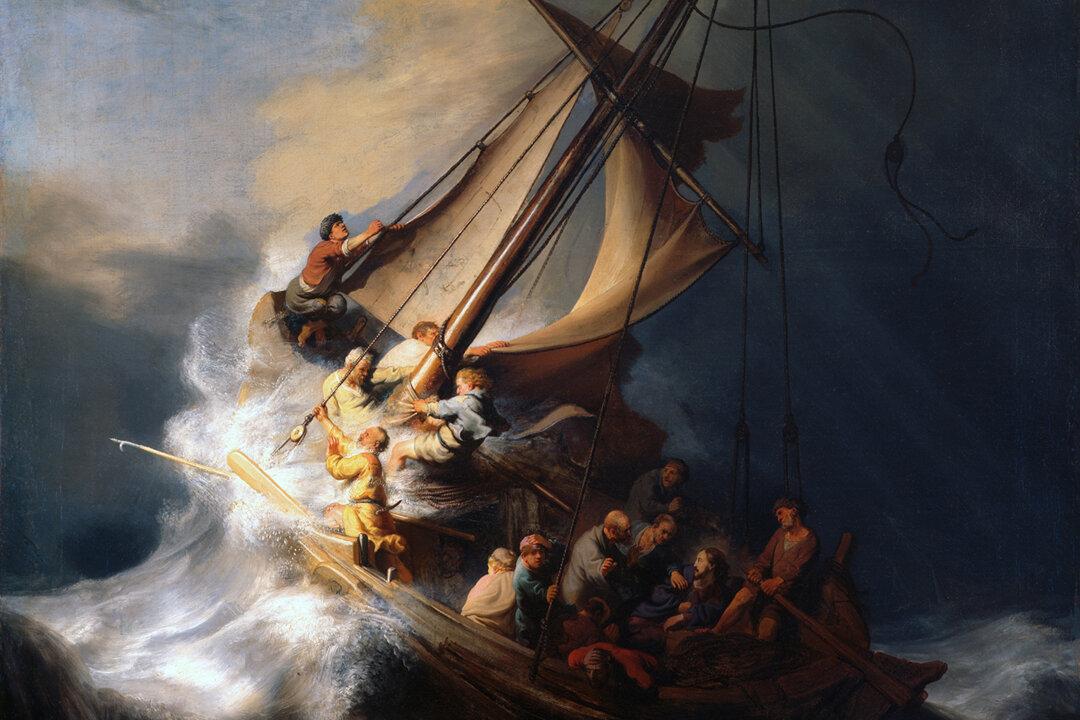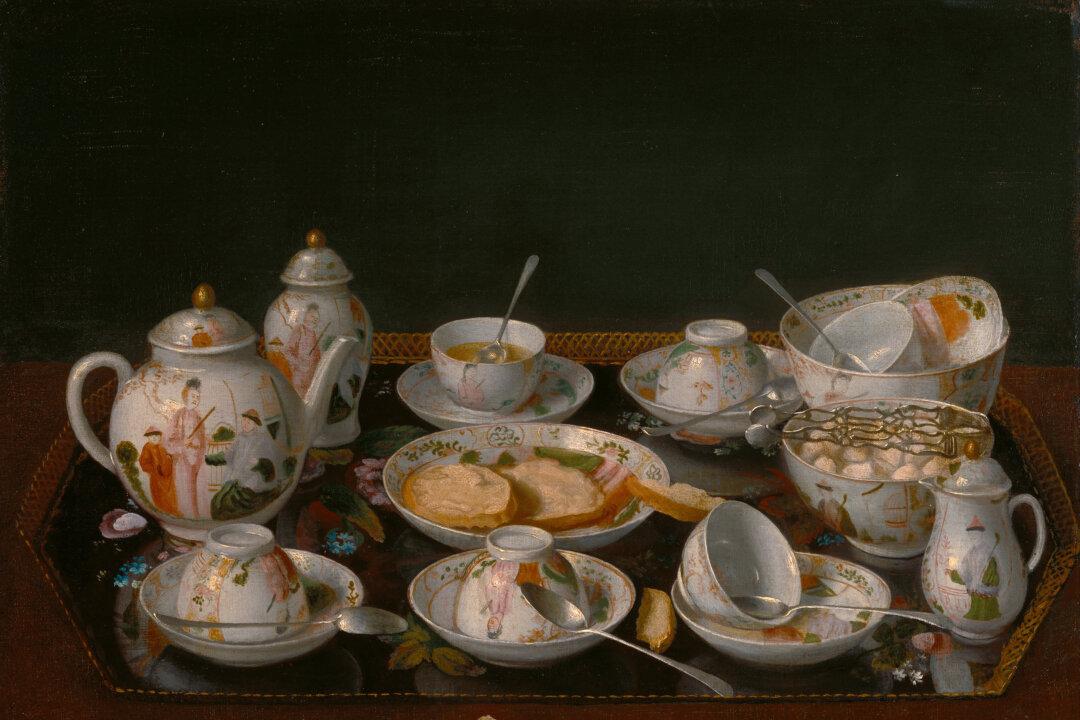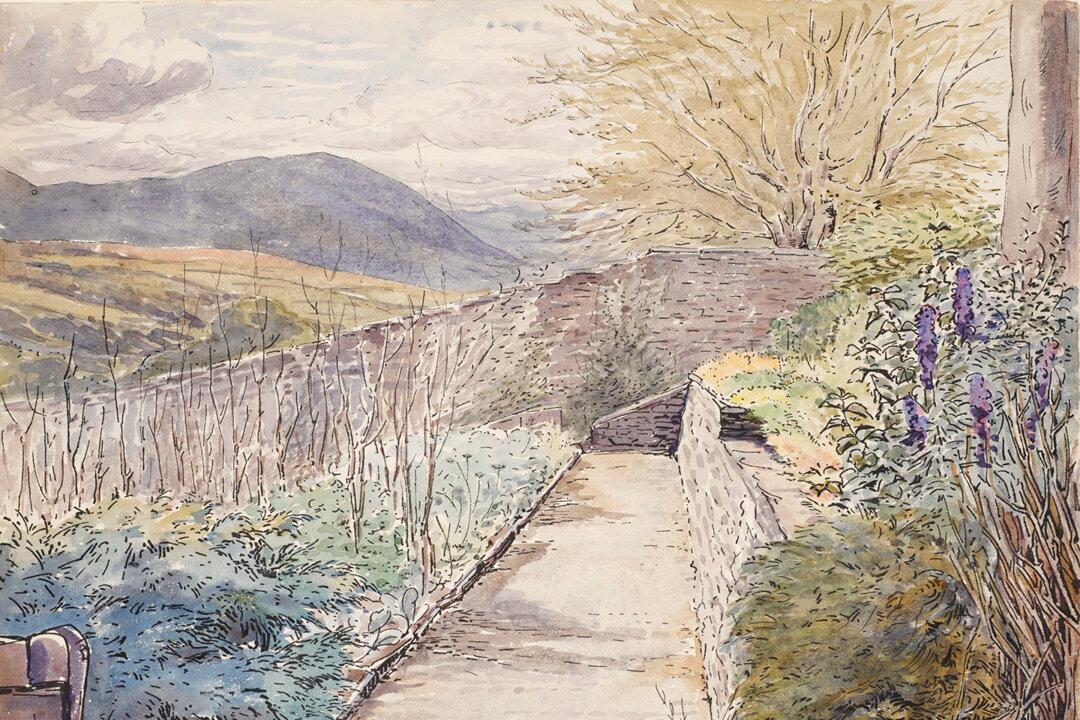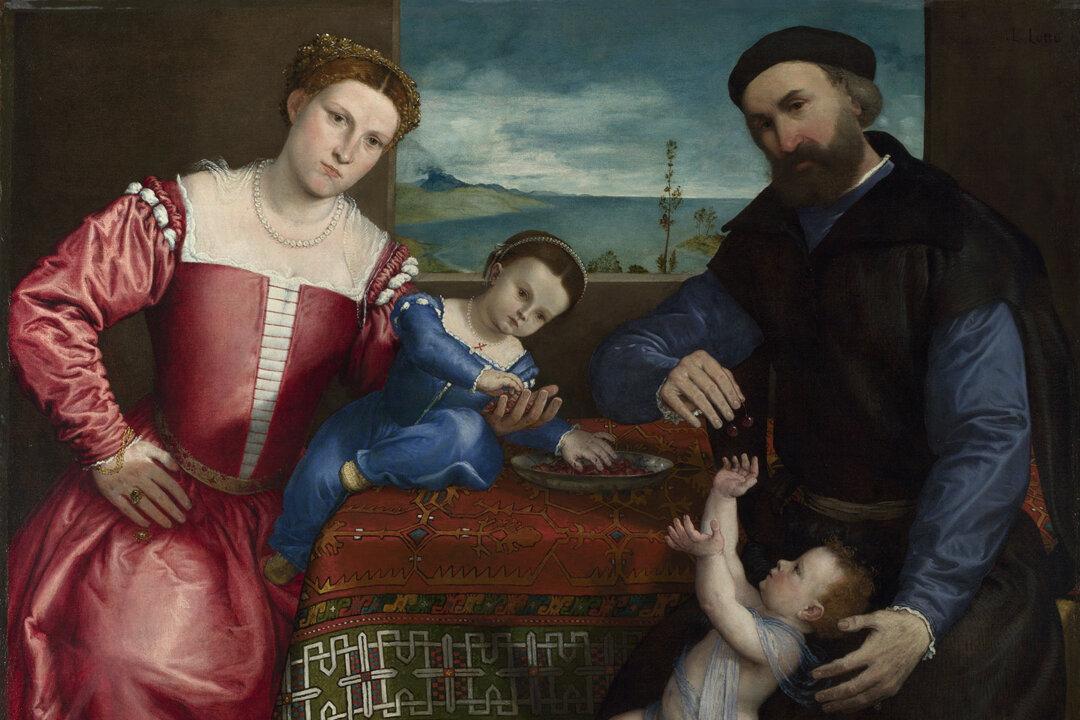Patroness of the Arts
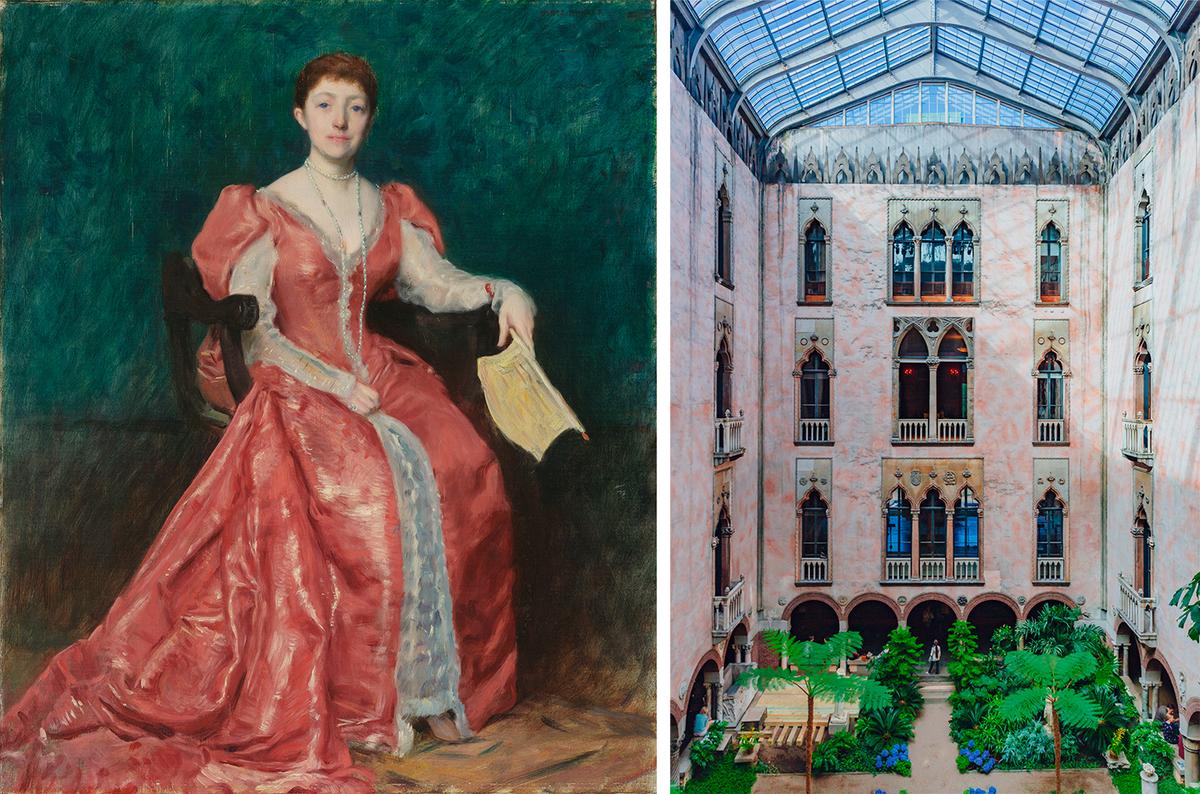
The Isabella Stewart Gardner Museum is a pink stucco Venetian-inspired palazzo built by its patroness that displays—according to her idiosyncratic curated vision—masterpieces by artists such as Titian, Botticelli, John Singer Sargent, and Rembrandt.
Isabella Stewart Gardner was one of the definitive arts patronesses and personalities during the Gilded Age. Born in New York into wealth, she married a member of an old Bostonian family. The couple became ardent art collectors, spearheaded by Isabella’s taste, and acquired important paintings, sculptures, furniture, rare books, tapestries, and decorative objects from all over the world that spanned across antiquity to the 19th century.
The Big Heist
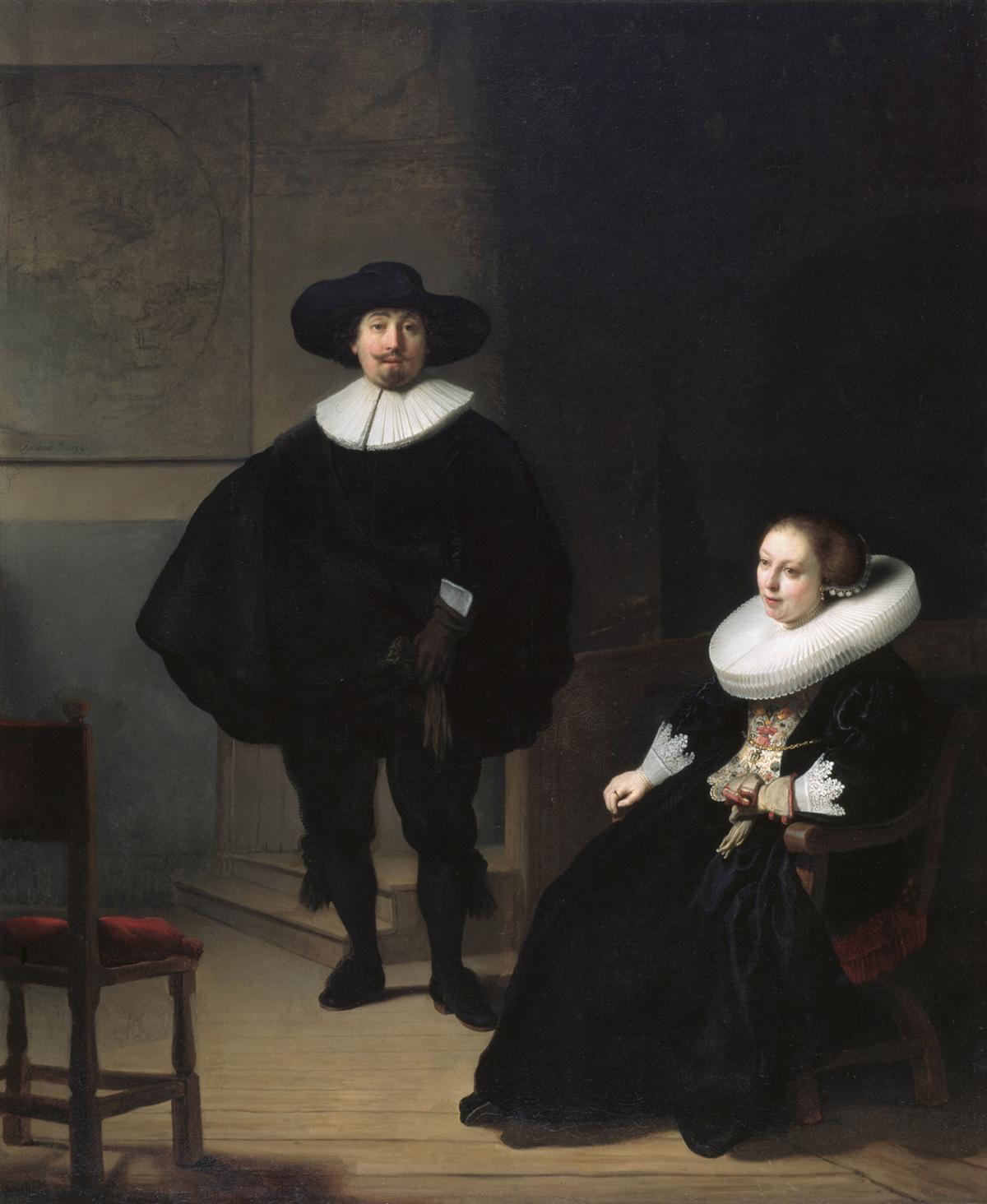
The heist—the biggest art theft in modern history—took place in the early hours of March 18, 1990. Two burglars disguised as policemen tricked the two guards on duty into granting them entry into the museum. The thieves duct-taped the security men and got to work smashing the protective glass over the Rembrandt paintings and cutting the canvases out of the frames. Additionally, they removed a rare Vermeer painting, five Degas works on paper, a Manet painting, a landscape by a student of Rembrandt, an ancient Chinese bronze beaker, and a Napoleonic bronze eagle finial.
The robbery lasted a lengthy 81 minutes, and the theft was not discovered until the day guard shift arrived on the scene around 8:15 a.m. Controversy continues to swirl around the lax museum security and the possibility that the thieves had inside help.
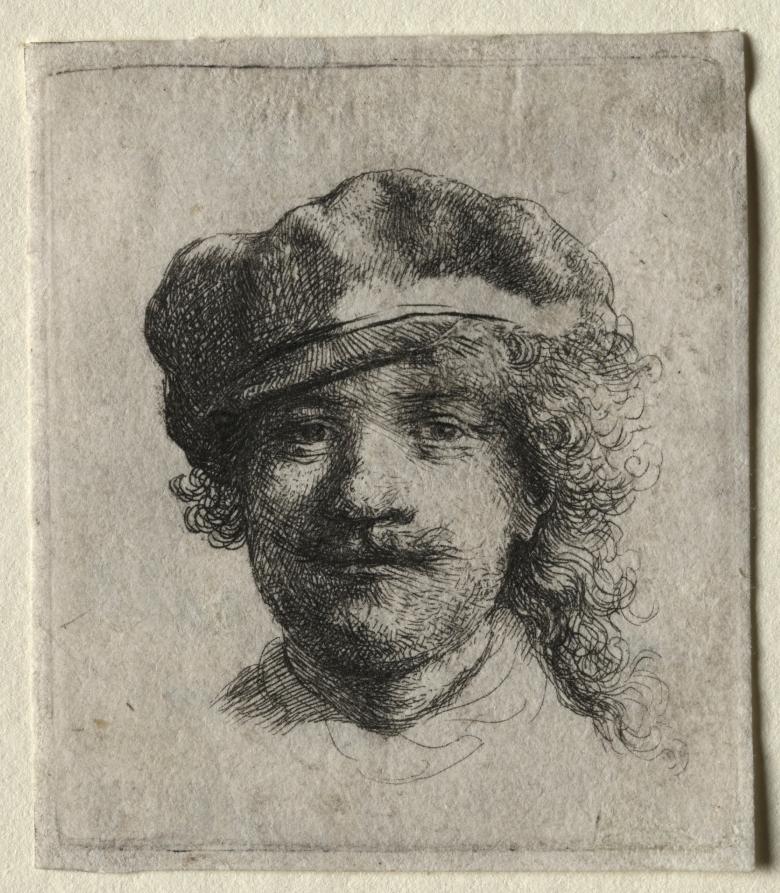
Rembrandt’s Sole Seascape
Rembrandt (1606–69) is considered the paramount artist of the Dutch Golden Age. He was born in the city of Leiden and moved around 1631 to the bustling port city of Amsterdam, which offered greater opportunities for a young and ambitious artist. He became renowned for his history paintings, portraits, and self-portraits that feature dramatic use of light and shadow, sculptural textures, and, in his later works, broad brushstrokes.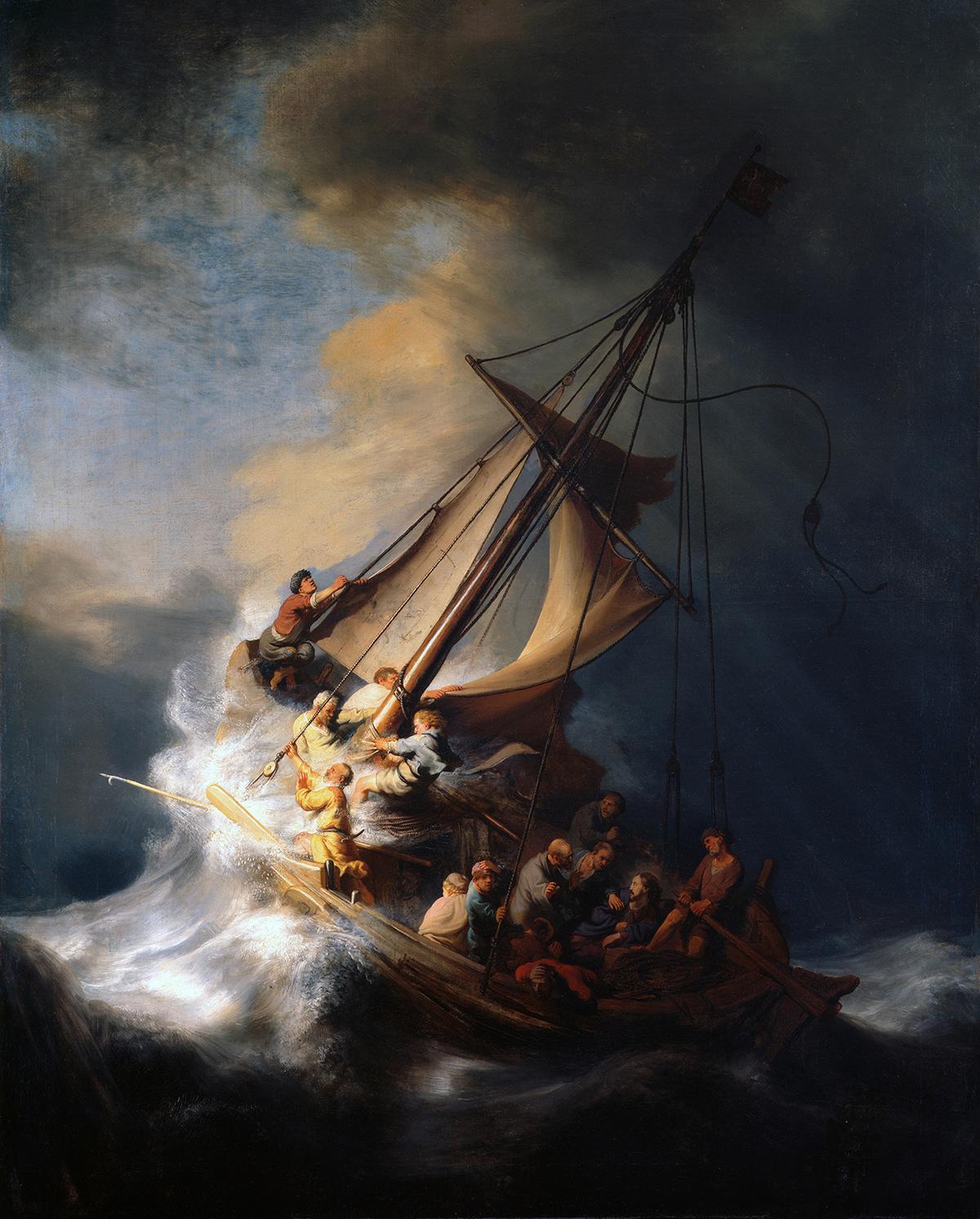
“Christ in the Storm on the Sea of Galilee” was painted in 1633 and features hallmarks of Rembrandt’s early period: bright colors, attention to detail, polished brushwork, and a group of figures with different expressions. The Gospels of Mark and Mathew both provide the subject with its story about Christ and the Sea of Galilee, a lake in present-day northern Israel and the setting for a number of important biblical events. This painting depicts the narrative of Jesus stilling a storm that emerged on the lake from Matthew 8:24-27.
The large, vertical picture draws the viewer into the drama by its strong depictions of crashing waves, ceaseless motion, and ominous blackened sky. To make the composition more relatable, Rembrandt set the scene contemporaneously in terms of dress and the fishing vessel. Referenced in “Eye of the Beholder: Masterpieces From the Isabella Stewart Gardner Museum,” art historian Michael Zell wrote, “We then become caught up in the disciples’ terrified responses, each meticulously characterized to encourage and sustain prolonged, empathetic looking.”
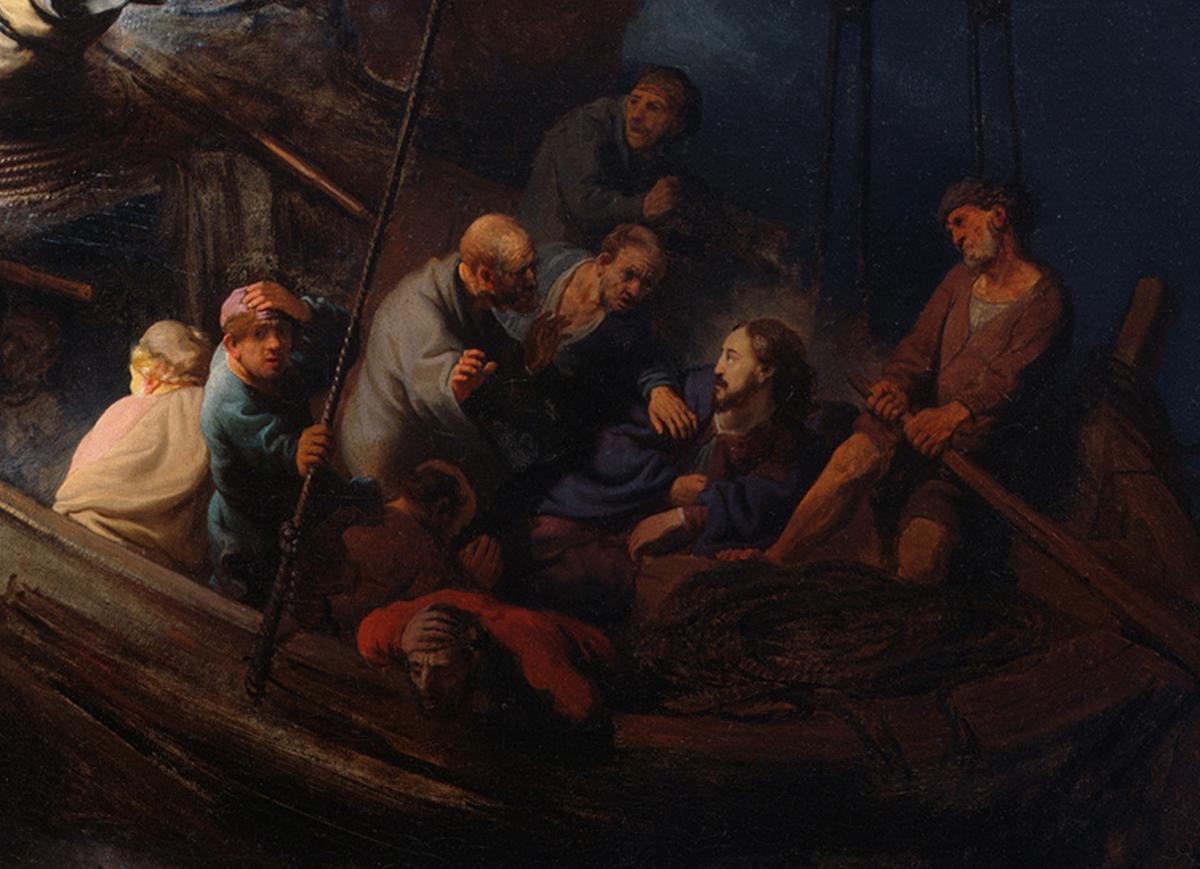
The panicking crew battle agitated seas to avert the ship from being dashed on the rocks in the left foreground. The ripped sail at the center of the canvas adds to the sense of foreboding. Further down this axis, a disciple dressed in red retches over the side of the ship. Next to him is the only figure who looks directly at the viewer. With one hand he holds onto a rope to steady himself, and with the other grips his cap. His facial features suggest a self-portrait of the artist. The only figure who remains calm in the composition is Christ, depicted at right illuminated by light around his head, as he prepares to quell the storm and prevent a tragic shipwreck.
Changing of Hands
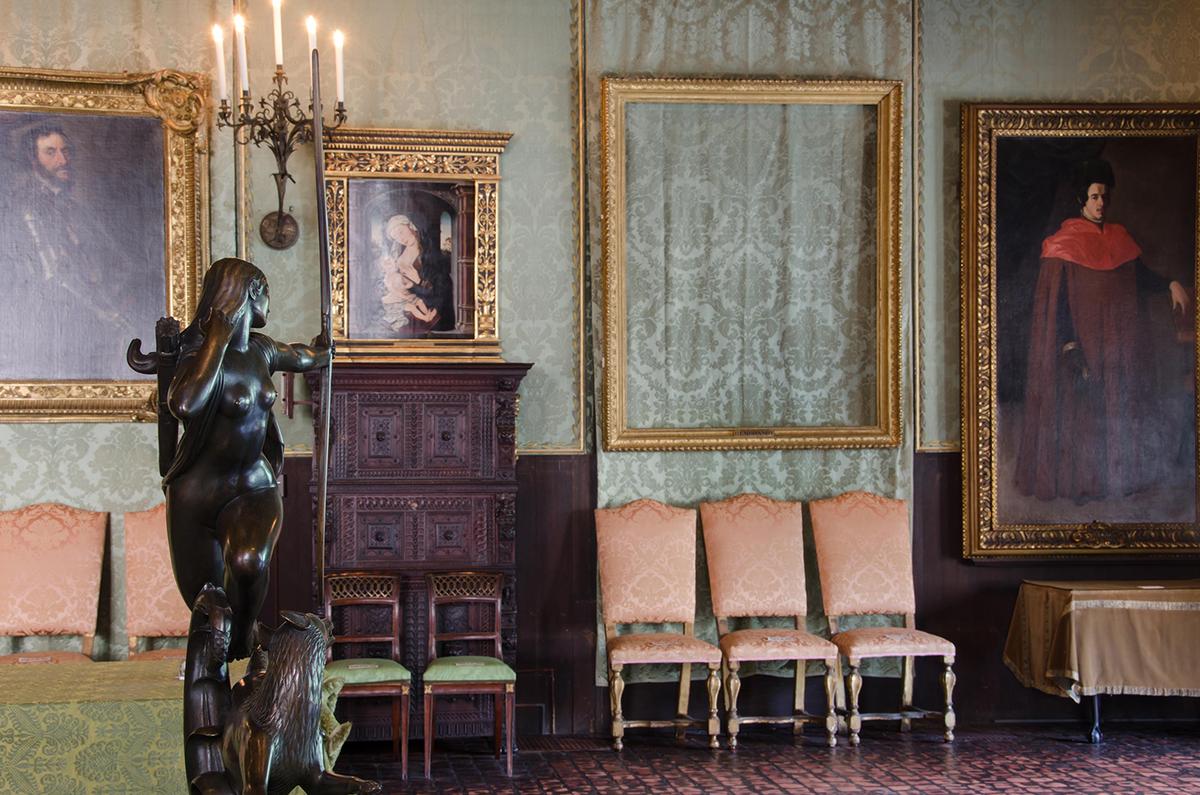
“Christ in the Storm on the Sea of Galilee” stayed in Amsterdam under various ownership until the late 18th century. For an extended period of time, it was part of the collection of the Anglo-Dutch banking Hope family, who also owned and gave their name to the infamous Hope Diamond. As the Rembrandt painting passed through multiple generations, it made its way to England. It left the dynasty in 1898, being purchased by a prominent art gallery. Later that year, the gallery sold it to Isabella Stewart Gardner through the famous American art historian Bernard Berenson. Berenson was an integral chief adviser for a number of Gilded Age collectors. The picture’s price was 6,000 pounds at the time (around $1.2 million today).
The monetary value of the painting has only increased since the late 19th century. The current total estimate of the 13 works stolen in 1990 is half a billion dollars, and there is a $10 million reward for information that leads to their successful recovery.
In 2013, the FBI announced that it believed it had identified the two robbers, both of whom had died within a year of the heist. The two deceased had been associates of a Boston mobster who is believed to have arranged the theft. He, too, is now dead. The last remaining alleged mafioso of interest died in 2021. Investigators suspect the artworks after the heist were moved to Connecticut, and then some were taken to Philadelphia. There has been no further definitive trace of them.
Gardner stipulated in her will that nothing in her galleries is allowed to be changed, and that if a permanent change were to be made, all of the works would have to be shipped to Paris and auctioned with the proceeds donated to Harvard. Thus, the museum continues to hang the picture frames of the stolen artworks, even though they are empty, and their presence remains a haunting sight. Just as “Christ in the Storm on the Sea of Galilee” shows a miracle arising, it may take a modern-day miracle for this Rembrandt to be returned to its rightful home.

